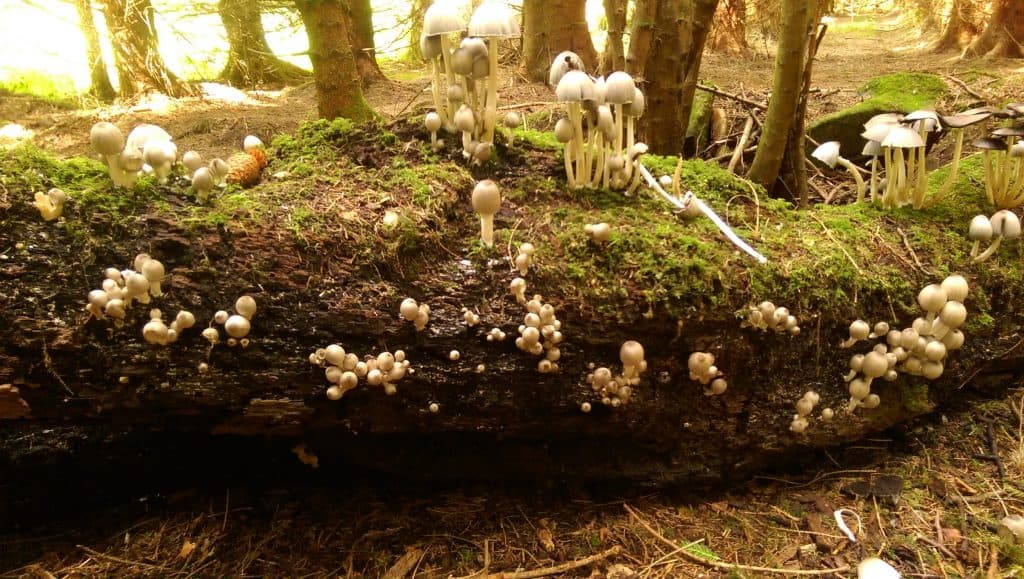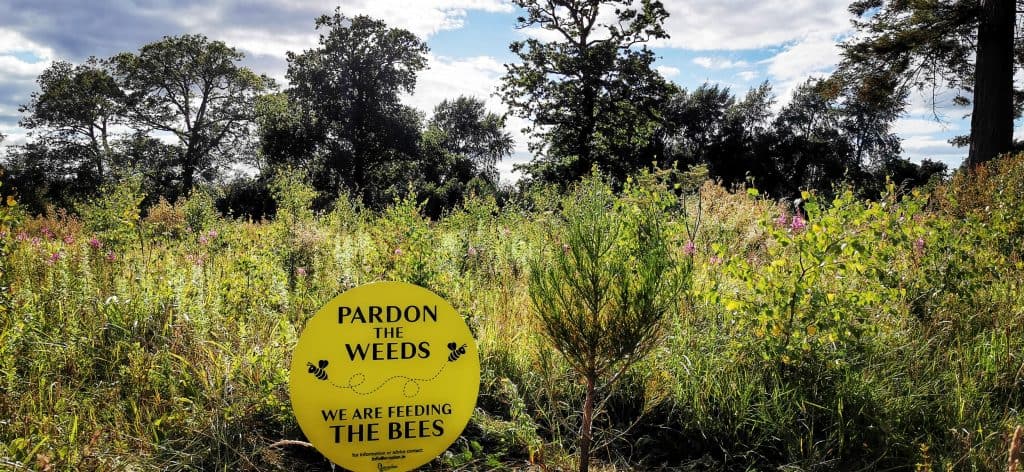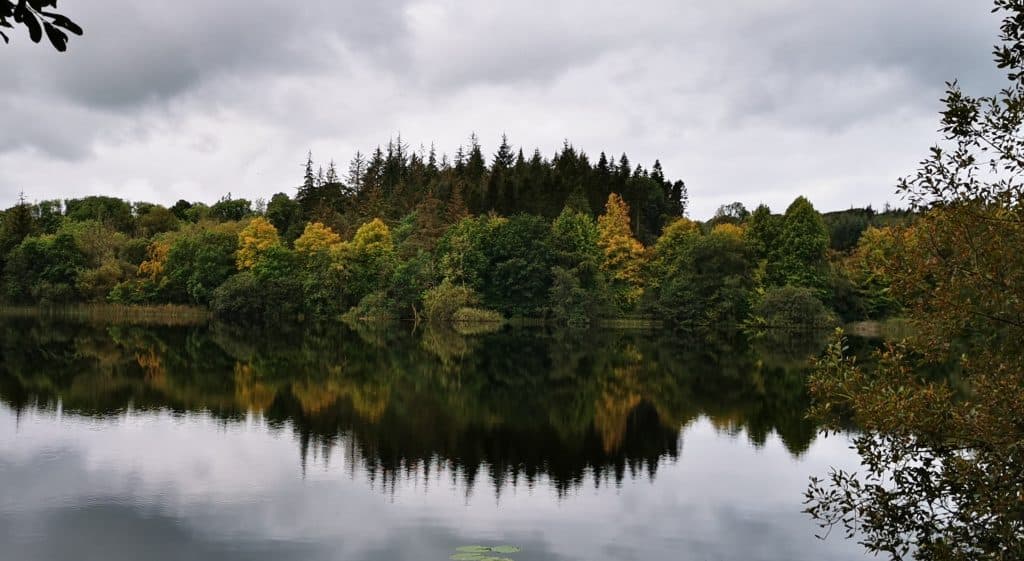
16 Aug What is Ecoforestry?
What is Ecoforestry?
Ecoforestry is a forest management practice which emphasises sustainability and forest biodiversity rather than pure financial returns. The responsible way to manage forests is through a design that minimizes interference and aims to protect the ecosystem as a whole. The focus is on the entire forest ecosystem and here are its main principles:
Principles of Ecoforestry and Forest Biodiversity
1. Sustainability is the most important factor in Ecoforestry. Therefore it must be the first consideration in any planned operation. By doing this, one ensures the protection of such things as rare species, sites of native cultural significance, riparian zones, etc.

What is Ecoforestry?
2. There should be no impact on Riparian zones. This protects the water quality by not altering the drainage pattern of the zones. Therefore no tree removal should take place in the most sensitive areas.
3. The composition and structure of a forest is vital. So encouraging natural regeneration and retaining senescent trees maintains the age and vertical diversity of the ecosystem.
4. When removing trees, insist on low-impact harvesting methods. As a result this minimises disturbance and avoids soil compaction.

5. Clear-felling is prohibited. Clear-felling is not ecologically correct, and in many cases is not financially the best option anyway. Adhere to continuous cover management systems to ensure biodiversity benefits and long-term sustainability.
6. Carefully select trees as candidates for removal by considering your long-term goals. Hence retained stems should be chosen based on their native provenance, habitat value, seed production or even aesthetics. Consider how these trees will benefit the ecosystem into the future, and plan around that.
7. Allow forests to regenerate naturally from existing seed-trees. This removes the need for expensive planting and allows the forest to develop naturally with species that are ideally suited to the site and local conditions.
8. Limited or preferably no pesticide use. The forest requires disease, insects, and competition, as a result they are essential parts of a fully functioning forest.
9. Retain deadwood and fallen branches wherever possible, because these provide additional habitat and restore soil quality over time.

Forest Biodiversity
10. Maintain the aesthetics, beauty and unique qualities of the woodland.
11. Always look at the forest as a whole, from the soil and humus underfoot to the highest canopy.
12. Rely more on people and niche markets. Use alternate thinking to depend less on the destruction or harvesting from the forests.
13. Finally, be enlightened. Don’t allow ignorance to limit what you can do, recognise that the ecosystem needs sensitive management. If the forest is not preserved, then it cannot be harvested forever.
Expore how Ecoplan uses Ecoforestry in Native Woodland Establishment, Native Woodland Conservation, and in all our Forest Management Services
Or learn how we implemented Ecoforestry in our EU award winning Birr Castle Bee Management Project
Just get in touch for more information, please Contact Ecoplan Forestry

Osmari Salinas Ecoplan Forestry
